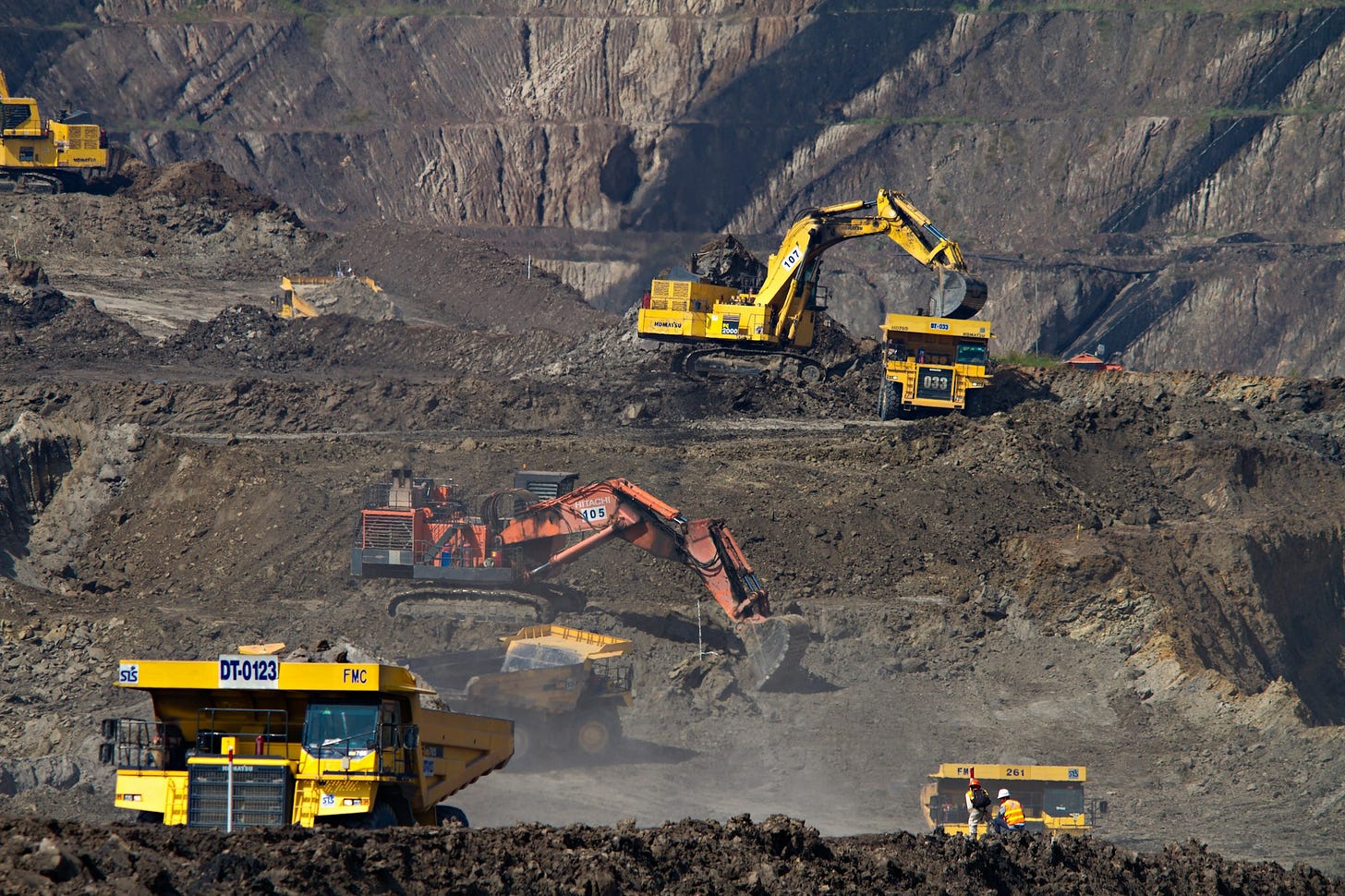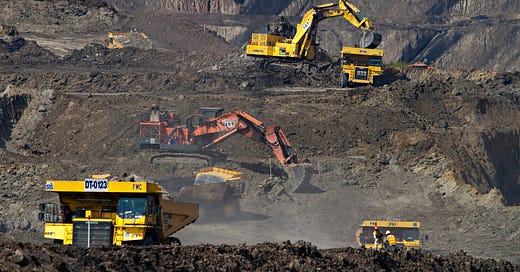Digging into the Ring of Fire

Conflicts between the Canadian government and the First Nations are not uncommon.
There's a long history of oppression and genocide between our government and the various Nations across the country. Those wounds run deep, and the scars do not heal easily. It's not unusual for problems between them to carry added friction as a result.
More often than not, the reason behind the issue is a disregard for treaties, land-rights, and the desire to profit off of natural resources without consulting the people who live there. The federal and provincial governments of Canada don't have a great track record of treating First Nations concerns with the validity that they deserve.
So it is with the current confrontation taking place in Ontario right now. A combination of debate and protest has erupted, centered around new mining efforts in a region known as the Ring of Fire.
Canada First Nations protest Ontario’s ‘Ring of Fire’ mining plans
Battles like this often include bloodshed. From water protectors to old-growth logging prevention, First Nations protestors typically fall victim to violence on the ground. Often enough they find themselves met by the full force of the RCMP, and whatever crowd control tactics they think will efficiently deal with the problem.
The way that indigenous protestors are treated can be wildly different from how law enforcement treats white protestors- even white supremacist ones who pose a threat to public safety.
Police treatment of Indigenous protesters differs starkly from white protesters, experts say | CBC News
But even beyond the difference in how protests are treated, the way that the government and corporate interests treat the First Nations on issues like the Ring of Fire is quite telling.
They want to use the land. They're not going to let the local people get in the way.
While so far the potential mining of the Ring of Fire has not moved forward, mostly due to hesitance on the side of the local representatives in the region, there is a push to create a joint effort between the government and the First Nations for an environmental assessment.
The purpose of the assessment would be to determine the potential negative impacts on the local ecosystems if the project were to move forward.
The important thing to note is that the land upon which the mining would take place is actually owned by multiple First Nations communities. While two of them have given their consent to the project, the rest have not. Any construction without their acquiescence would go against the wishes of the owners of the land.
Part of the push back from these communities lies in their claim that the surveying for deposits allegedly came without discussing the matter with them first. The decision to mine was made without consulting the locals.
For the moment, things are somewhat quiet. But if Ontario Premier Doug Ford's attitude is anything to go by, they won't stay so for long. Back in May, the Premier made it clear that he has every intention to mine whether the protestors like it or not.
‘We’re building that Ring of Fire,’ says Doug Ford
While couched in diplomatic terms, his commentary on how the construction will benefit the First Nations communities, even if they don't want to see it happen, reeks of patronizing political patter.
These communities understand the risks inherent to mining and building roads through a peat-rich wetland environment. They understand the potential environmental impacts- and considering the current state of the world with regard to climate change, who can blame them for wanting to put a hold on it?
The peat bogs up in the Ring of Fire are a decent carbon sink, and we desperately need to preserve as many of those as we possibly can. Considering that the entire northern hemisphere is under a mass heatwave and fires are raging from coast to coast in Canada, Europe and the Middle East...drastic action is becoming necessary.
Issues like this are rarely ever cut and dry, though. Part of the reasoning behind the mining plans are to expand access to certain metals that are used in the manufacturing of electric car batteries.
See, Canada wants to expand its market for such vehicles while reducing trade with countries we have tension with- especially China, which has its own horrific state of affairs regarding human rights abuses.
Reducing our dependence on fossil fuels is incredibly important, but whether we can move ahead in the Ring of Fire without causing serious harm to our local ecosystems, and to the people who depend on them, remains to be seen.
If we follow the ideals of intersectional activism, we should not sacrifice the human rights of our indigenous communities. This is a situation where we should be working together, not butting heads. An environmental assessment ought to be done, and soon.
But what should have happened first is respectful communication and discussion with the people who live on these lands. No decision about their homeland should be made without their voices being brought into the conversation.
Solidarity wins.


